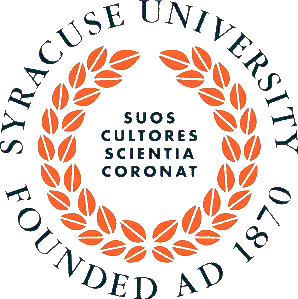Mentoring Individuals vs. Teams
Mentoring Individuals vs. Teams
In our video interviews with 50 young innovators (available on The Innovation Destination website), we asked whether they prefer to work on their innovation individually or in teams. Most young innovators had mixed feelings. While many preferred to work on their project alone, they also could see the benefits of brainstorming with and running ideas by a team. Others liked the idea of working on a project with others who shared their passion and vision.
Whether working with individuals or with a small team (3-5 young innovators), the strategies remain largely the same. Working in a team innovation situation can expose each mentee with new and exciting ways of thinking. Each member of the team will have different ideas, different skills and different learning needs that may need to be addressed individually as well as within the group. You, as facilitator of the group, need to make sure that the critical activities of getting to know each other, setting the ground rules, and establishing trust across all team members, as well as with you, are achieved.

You will also facilitate the team to help set the meeting agendas and determine the goals and outcomes to be achieved by the group and each group member. As a result, the mentoring experience will likely have different outcomes and be a different experience for you and for your mentees than it would have been having mentored an individual young innovator mentee.
As with all group projects, there are a number of points in time when groupthink and groupwork is needed. For example, identifying a problem and coming up with one or more potential ideas to solve the problem would require one or more brainstorming sessions, opportunities to refine and research ideas, and determining who will do what to bring those ideas to life require a range of inquiry skills (e.g., brainstorming process skills, narrowing ideas, research skills, evaluating sources) and decision making skills which your young innovator mentees may or may not have (or perhaps some have and others do not). This provides a just-in-time teaching opportunity for the mentor.
Once that is done, ensuring that every member of the team has a clearly specified and distinct role to play in creating the innovation is critical in order to be sure that everyone has a voice in the process. For example, you might lead the team in a brainstorming activity to determine what is needed to bring their ideas to life (e.g., exploring resources to determine if the idea is original, understanding what materials will be needed to create the innovation and then actually procuring them, projecting costs of creating the innovation and where to get the money, testing the innovation with target users). In addition, it is important for the mentor to make sure the team understands that this is a shared activity with shared results; i.e., the resulting innovation belongs to the group and not any one individual.
The Innovation Destination
The Innovation Destination was designed and evaluated by a team from the Center for Digital Literacy at the School of Information Studies, Syracuse University and developed by Data Momentum Inc, in partnership with the Connecticut Invention Convention, By Kids for Kids, New York On Tech, and over 70 school librarians and young innovators.
This site has been serving the youth invention community from 2015 - present.




